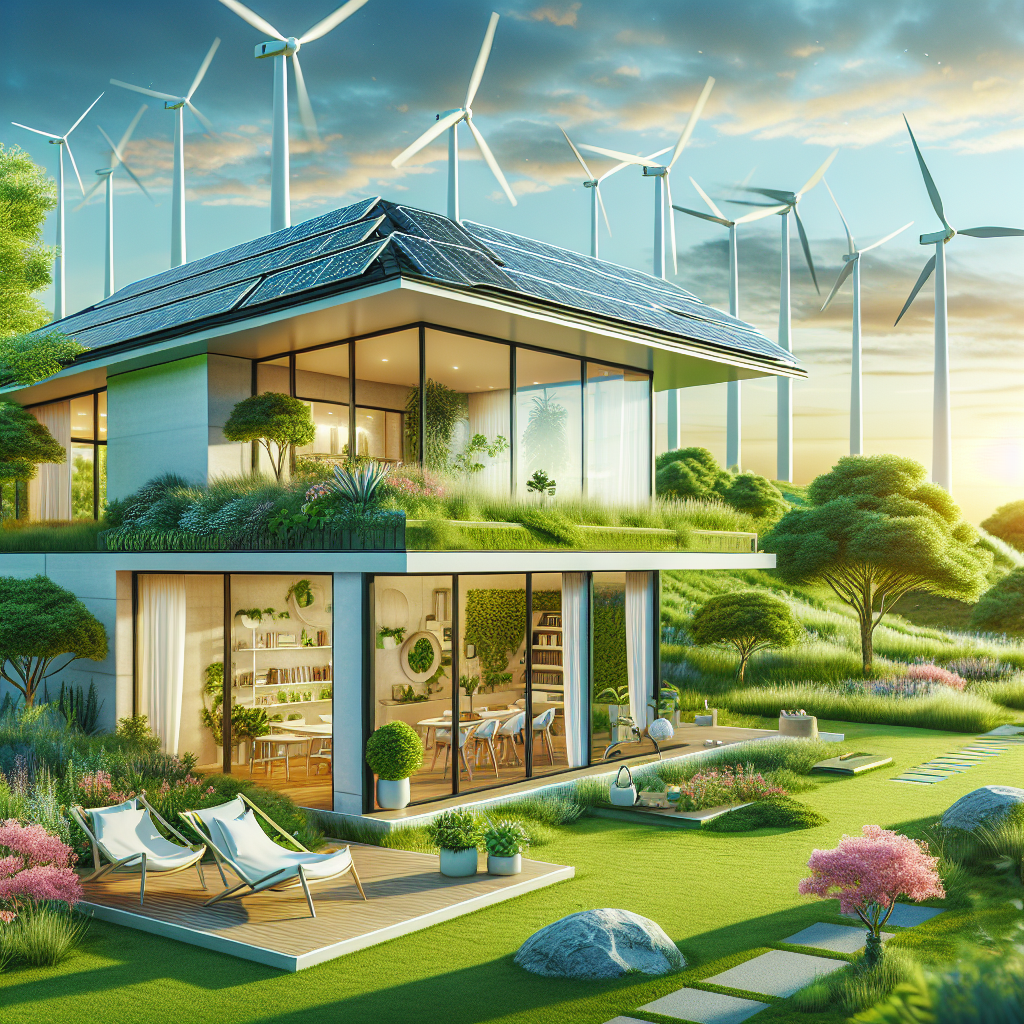When it comes to maximizing energy efficiency in buildings, natural ventilation is a key strategy that can significantly reduce the need for mechanical cooling and heating systems. By harnessing the power of natural airflow, buildings can stay cool in the summer and warm in the winter without relying on energy-intensive HVAC systems. Here are some tips on how to maximize energy efficiency with natural ventilation.
1. Design for cross-ventilation: One of the most effective ways to maximize natural ventilation is to design buildings with cross-ventilation in mind. This means creating openings on opposite sides of a building to allow for air to flow through and circulate. By strategically placing windows, doors, and vents, you can create a natural airflow that helps regulate indoor temperatures.
2. Use operable windows and vents: To take advantage of natural ventilation, it’s important to have windows and vents that can be opened and closed to control the flow of air. By adjusting the position and size of these openings, you can optimize airflow and create a comfortable indoor environment without the need for mechanical cooling or heating.
3. Take advantage of prevailing winds: Understanding the prevailing wind patterns in your area can help you harness natural ventilation more effectively. By positioning windows and vents to align with the direction of the wind, you can create a natural draft that helps cool or warm a building without using energy.
4. Use thermal mass: Thermal mass materials, such as concrete or brick, can help regulate indoor temperatures by absorbing and releasing heat. By incorporating thermal mass into your building design, you can store cool air during the night and release it during the day, reducing the need for mechanical cooling.
5. Incorporate shading elements: To prevent overheating in the summer, it’s important to incorporate shading elements such as awnings, overhangs, or trees to block direct sunlight. By shading windows and walls, you can reduce solar heat gain and keep indoor temperatures comfortable without relying on air conditioning.
6. Implement natural ventilation strategies: In addition to passive ventilation, there are also active natural ventilation strategies that can help maximize energy efficiency. For example, using exhaust fans or solar chimneys can enhance airflow and improve indoor air quality without using mechanical systems.
Overall, maximizing energy efficiency with natural ventilation requires thoughtful design, careful planning, and a deep understanding of how airflow works. By incorporating these strategies into building design and operations, you can create a more sustainable and comfortable indoor environment while reducing energy consumption and costs.


Leave a Reply